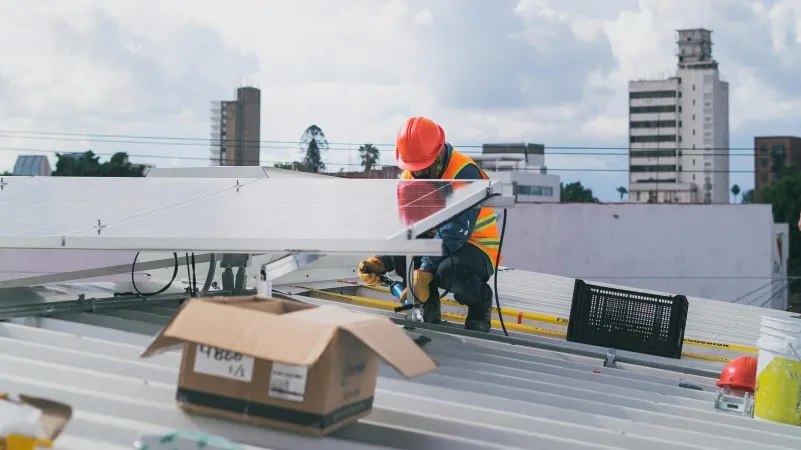
India’s solar scheme installs 385,000 units in first six months
This is equivalent to about 1.8 gigawatts (GW) of new capacity.
India’s Pradhan Mantri Surya Ghar Yojana (PMSGY) scheme has attracted 1.8 million applications, leading to 385,000 installations which is equivalent to about 1.8 gigawatts (GW) of new capacity, according to a report by the Institute for Energy Economics and Financial Analysis (IEEFA) and JMK Research & Analysis.
Launched in February 2024, the PMSGY has a total outlay of INR75,021 crore that will fund the installation of 30 GW of rooftop solar capacity across 10 million households in just three years.
The report noted that the government’s support helped with financing challenges as the number of financers increased to more than 25.
PMSGY increased financial assistance for systems below 3 kilowatt-peak capacity, set process timelines and integrated with the National Portal for Rooftop Solar (NPRS) to streamline the digitised experience.
However, obstacles remain including local network charges, subsidy removal, and technical issues with the NPRS.
“There are concerns over a need for more supply-side support in underdeveloped and overpriced domestic content requirement modules market. In addition, technical issues such as NPRS glitches and weak distribution transmission infrastructure negatively affect consumer confidence,” Prabhakar Sharma, senior consultant at JMK Research, said.
Nonetheless, market stakeholders say there are advantages to investing in rooftop solar such as falling solar module prices, strong government support and financers offering a one-stop solution for consumers.
“Adoption of residential rooftop solar is a “win-win” scenario, resulting in significant savings for consumers and state distribution companies on cross-subsidisation costs and reduced aggregate technical and commercial losses,” Gaurav Upadhyay, energy finance analyst for India Sustainable Finance, IEEFA, said.



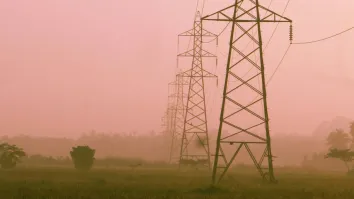
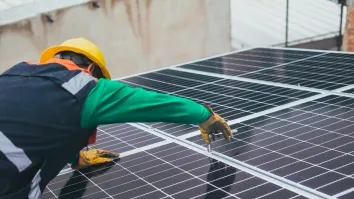





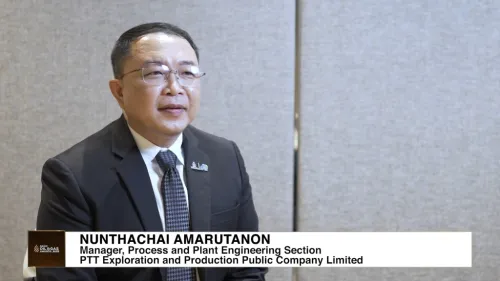
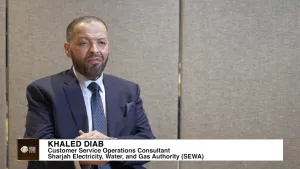




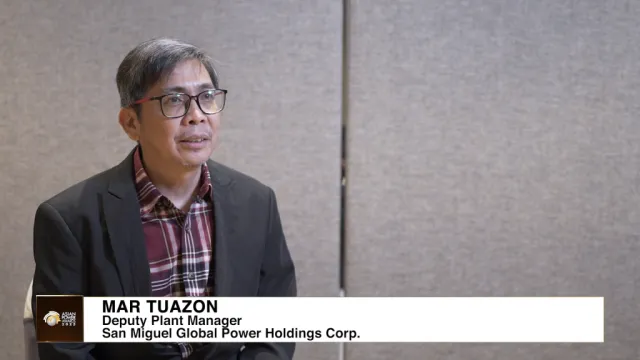
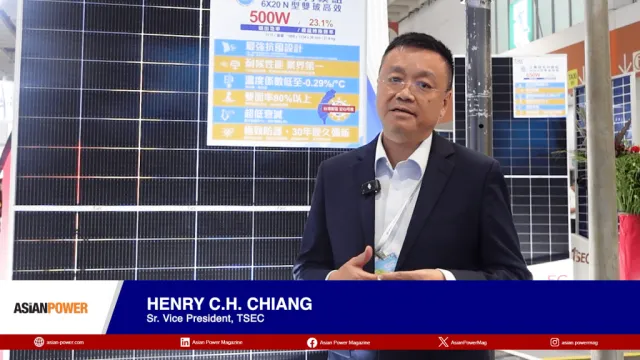

 Advertise
Advertise








